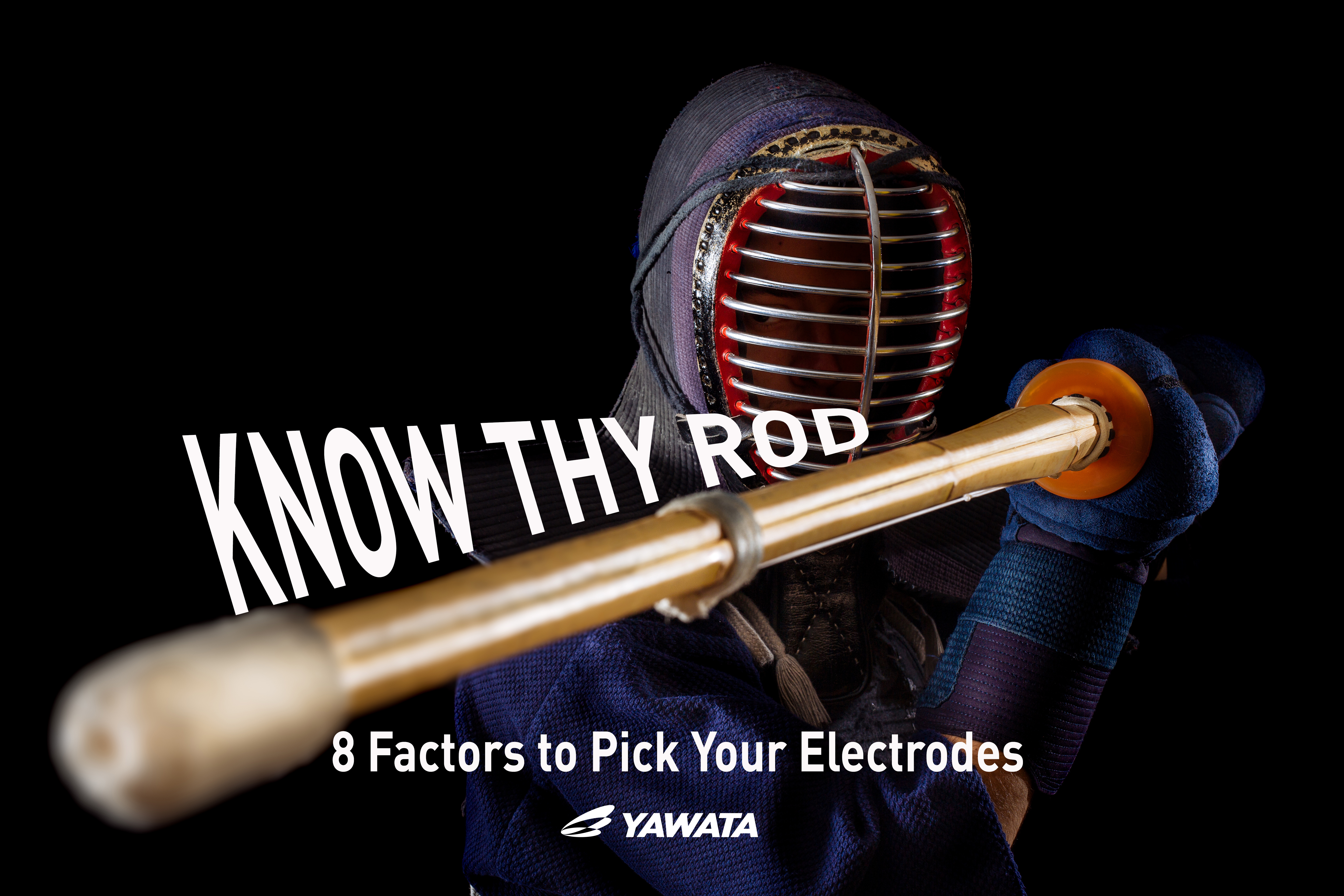Workshop
8 Factors to Pick Your Electrodes

1. BASE METAL STRENGTH PROPERTIES
Know and match mechanical properties. Mild steel-generally E-60XX or E-70XX electrodes match base metal. Low alloy steel-select electrodes that match base metal properties.
2.BASE METAL COMPOSITION
Know and match composition. Mild steel –any E-60XX or E-70XX electrode is satisfactory. Low alloy steel – select electrode that most closely matches base metal composition
3. WELDING POSITION
Match electrode to welding position encountered.
4. WELDING CURRENT
Match power supply available. Some electrodes are designed for direct current (DC); other, alternating current (AC); some, either. Observe correct polarity
5. JOINT DESIGN AND FIT UP
Select for penetration characteristic- digging, medium, or light. No beveling of tight fit- up – use digging. Thin material or wide root opening – light, soft arc.
6. THICKNESS AND SHAPE OF BASE METAL
To avoid weld cracking on thick and heavy material of complicated design, select electrode with maximum ductility. Low hydrogen processes or electrodes are recommended.
7. SERVICE CONDITION AND/ OR SPECIFICATIONS
Determine service conditions – low temperature, high temperature, shock loading – match base metal composition, ductility and impact resistance. Use low hydrogen process. Also, check welding procedure or specification for electrode type.
8. PRODUCTION EFFICIENCY AND JOB CONDITIONS
For high deposition and most efficient production under flat position requirements, select high iron powder type of large diameter wires; for other conditions, you may need to experiment with various electrodes and sizes.
